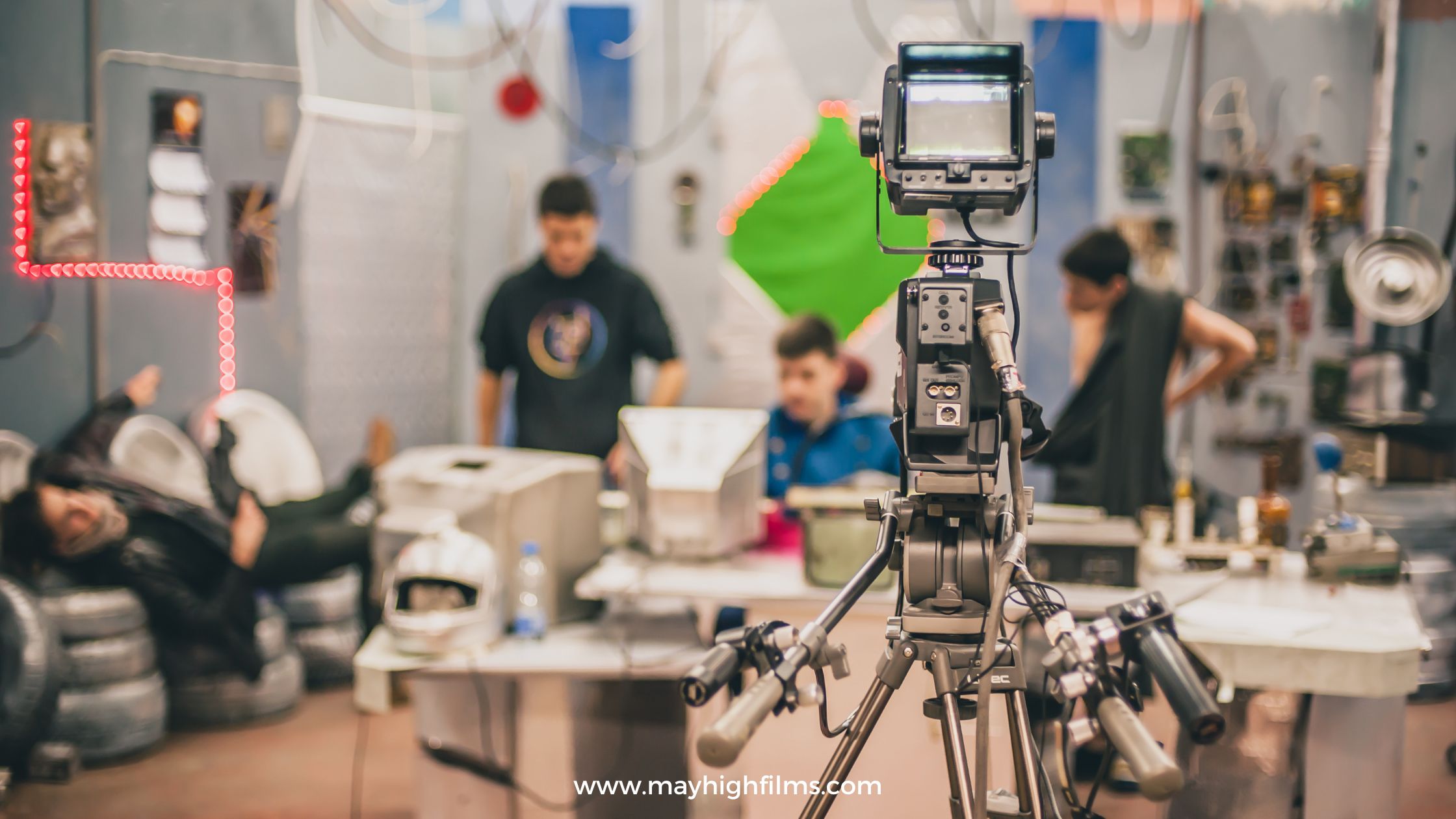As viewers, we often take for granted the immense amount of work that goes into creating a film. We don’t think about the countless hours of shooting, editing, and production that culminate in an amazing final product. One aspect of filmmaking that is often overlooked is camera shots. Camera shots are important as they play a major role in telling the story and conveying emotion to the audience. In this blog post, we will explore why camera shots are so important in films, and how filmmakers use them to enrich our viewing experience.
What are camera shots?
Camera shots are important in films because they help to create a certain mood or atmosphere. They can also be used to convey a message or feeling. For example, a close-up shot of a person’s face can show their emotions more clearly than a wide shot.
Different types of camera shots can create different effects. For example, a long shot may make a character seem small and insignificant, while a close-up can make them seem larger than life. By carefully choosing the right camera shot, filmmakers can control how an audience feels about the characters and events in a film.
The different types of camera shots
There are a variety of camera shots that can be used in films to create different effects. Some of the most common camera shots include:
– close up shots: These shots are used to capture close-up images of characters’ faces, usually to reveal emotions.
– medium shots: These shots show characters from the waist up and can be used to show interactions between characters.
– long shots: These shots show characters from head to toe and are often used to establish the setting or location of a scene.
– POV shots: These shots are taken from the perspective of a character and can be used to create suspense or tension.
How do camera shots affect films?
Camera shots are one of the most important aspects of filmmaking as they can affect a film in a number of ways. Different camera shots can create different emotions and atmospheres, and can also be used to convey specific information to the audience.
For example, wide shots are often used to establish the setting or location of a scene, while close-ups can be used to draw attention to a particular character or object. Medium shots are often used to show characters interacting with each other and can be helpful in conveying emotions between them.
Camera angles can also be used to create certain effects. For example, low-angle shots can make characters seem more powerful or menacing, while high-angle shots can make them seem vulnerable or small.
All of these factors must be considered when choosing camera shots for a film, as they can greatly affect how the film is received by audiences.
Some examples of famous films that use camera shots effectively
Some examples of famous films that use camera shots effectively include “The Godfather” (1972), “Raging Bull” (1980), and “The Silence of the Lambs” (1991). All three of these films are highly regarded for their use of different camera shots to create a particular effect.
In “The Godfather”, the use of low-angle shots creates a sense of power and intimidation, while in “Raging Bull”, the use of close-ups allows us to feel the intensity and rage of the protagonist. In “The Silence of the Lambs”, the use of wide shots allows us to see the vastness and emptiness of the environment, which amplifies the feeling of isolation experienced by the characters.
Conclusion
Camera shots are essential to filmmaking as they set the tone and convey the message of a film. By utilizing different types of camera shots, filmmakers can create visuals that display emotion, and action and create atmosphere. Whether it be close-up shots or panning shots, camera angles are an integral part of telling stories on the big screen. With this in mind, understanding how to use these various camera techniques is vital for any aspiring filmmaker looking to capture their audience with stunning visuals.




